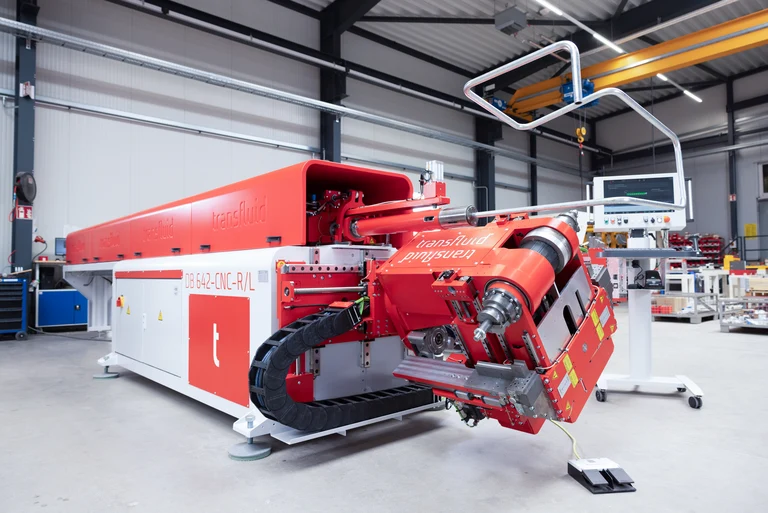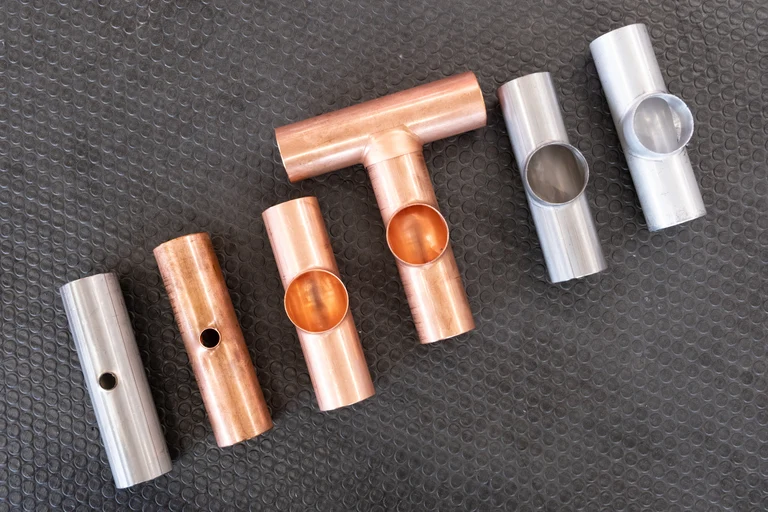The time before and around Christmas is a good opportunity to pause for a moment and remember all the good things you have experienced throughout the year, to block out the negative experiences and draw strength from the positive moments.
At transfluid, we can look back on another successful year with great joy and gratitude. There were many wonderful moments that marked the 35th year of transfluid. And we are grateful for this, because we know that this is not always a matter of course.
That is why we have supported many local associations and charities this year. Help is one of the best things you can give. Thank you for your trust and appreciation of our people and solutions.
We wish you and your loved ones a peaceful and reflective holiday season and a prosperous New Year.
Yours, transfluid® Maschinenbau GmbH




